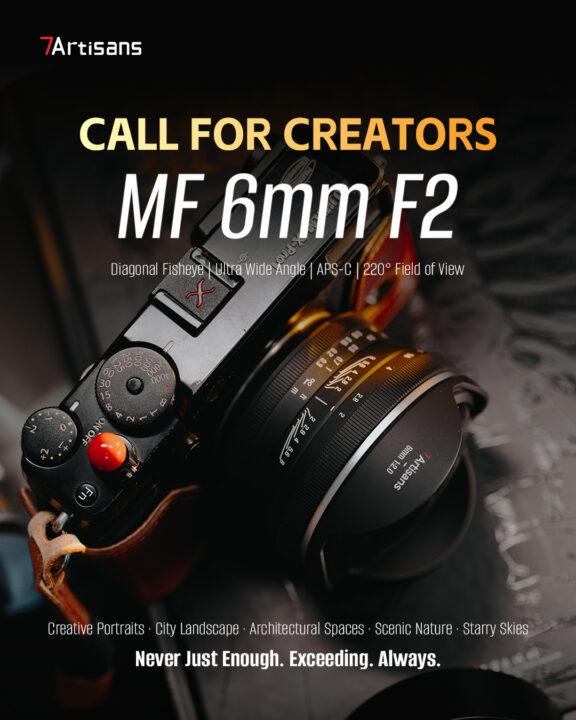And There Was Glow: The Miracle of Three Chinese 50mm Lenses
First came the Cheecar MF 50mmF1.2, and there was glow.
But the Lord of Chinese lenses spoke: be fruitful, and multiply.
So the Pergear MF 50mmF1.2 was born, and behold, it glowed too.
And on the third day, the Lord of Chinese lenses created the 7Artisans MF 50mmF1.2, and it, too, bore the glow.
On the fourth day, he rested. But he could not sleep, for all the glow had turned nights into days, and the glow became useless.
- 7Artisans MF 50mmF1.2
BHphoto / 7Artisans - Pergear MF 50mmF1.2
Amazon US / Amazon UK / Amazon DE / Pergear
*Note to readers: I must admit, I’m a bit tired of reporting on Chinese brands endlessly rehashing the same lenses under different names. That’s why sometimes I skip these stories. Today, I almost did—until I realized I could have a little fun writing about it. And so this blog post was born. Enjoy it… or don’t. Either way: may the glow be with you!






